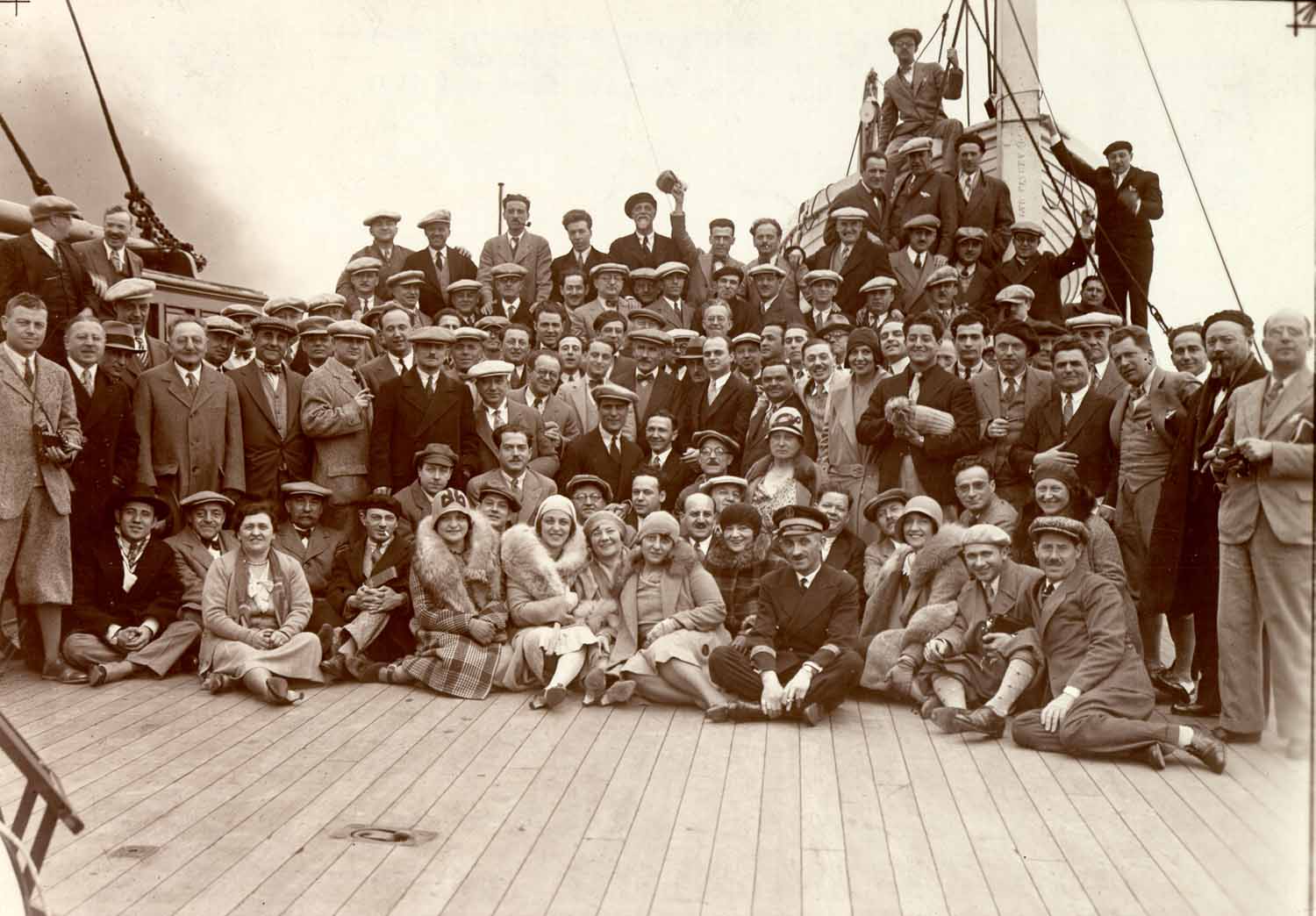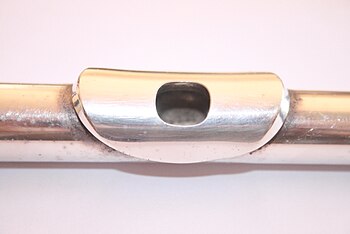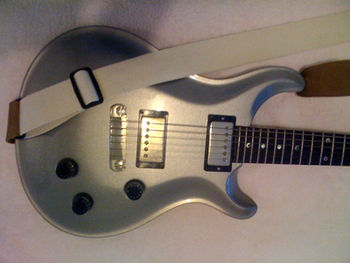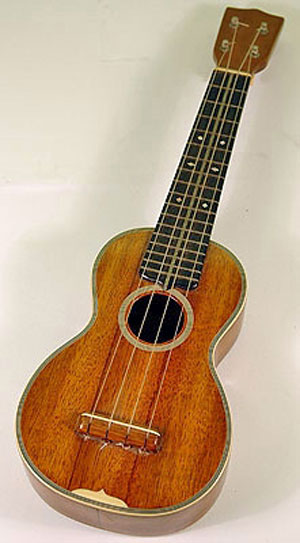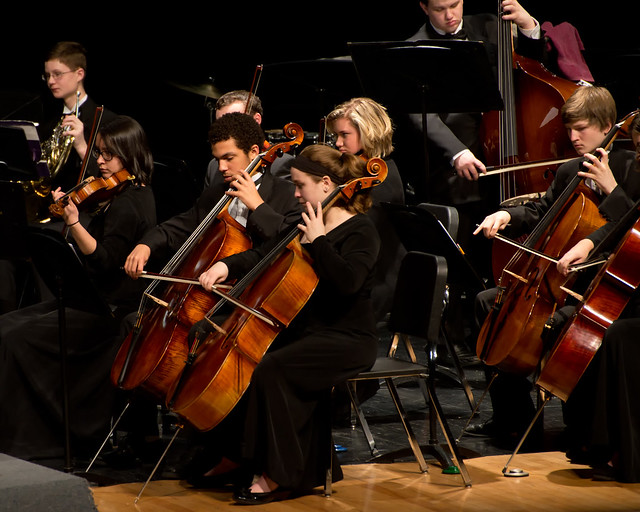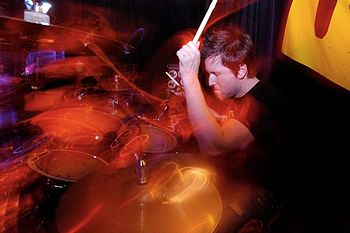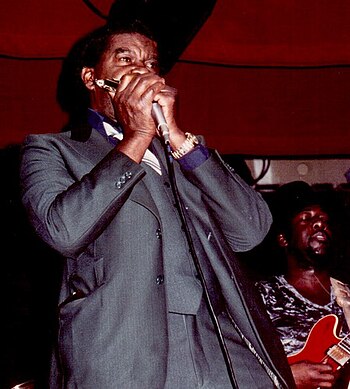Difference Violin - Viola (Alto)
Viola Jokes don't discourage us from filling in the harmonies and living a quiet life in the orchestra pit
"Why is a viola better than a violin?"
"The viola burns longer."
Ba-Du-Bum!
As a viola player myself, I've heard hundreds of viola jokes and have earned the right to retell them ad nauseam. This violist ain't touchy about viola jokes and I'll even squirt milk out my nose when told a particularly nasty one I haven't heard yet.
What I find more frustrating than viola jokes is how many people don't even know what the viola is! It's bad enough to be ridiculed, but far worse when no one knows you exist! When prodded with the violin vs. violin joke opener, my inner music geek is compelled to ramble the viola gospel. "The Viola is the 'Alto' voice of the violin family, hence is tuned a perfect fifth below violin."
Blank stares await the real punch line. I need to get out more.
In truth, the viola is much like a violin, so much so that many symphony goers simply think they're just more violins. Visually the technique is identical to violin playing: held at the left shoulder and bowed up and down, but with more broad movements as the viola is slightly larger than a violin. A larger instrument allows for a longer string length and increased body /sound chamber to allow the low notes to reverberate properly.
Simply put, the viola is like a slightly larger violin who's high E-string was replaced by a low C-string on the low end. This is pretty much all that separates the violin from the viola. For violists size really does matter.
So what, it's bigger, lower pitched fiddle? Why the ridicule?
"Why are viola jokes so short?"
"So Violinists can remember them."
The viola is like the quiet middle child: ignored by its parents and overshadowed by its other, more active and successful siblings. A fate worse than "playing second fiddle," viola's role in a symphony or string quartet is to provide middle harmonies (aka, the leftover scraps of chords no one else wants to play) and rarely plays the melody, or tune.
"How do you get a violin to sound like a viola?"
"Sit in the back and don't play."
Even visually the viola is neglected. We can hardly see them on stage tucked between second violins and cellos and facing their instruments away from the audience. They get less air-time than first violins and cellos and spend the most time taking breaks from play than any other section of the strings.
This leads to a solo issue. There is not much solo repertoire written for viola, which has long been viewed as the "strong, silent type." The lack of repertoire is most likely due to its mellow, deep tone, which, being less bright and projecting less than the violin, was believed by composers of the day to be less suited to virtuoso display. Hence the viola is rarely showcased and has to resort largely to adaptations of violin and cello repertoire to get any attention.
"How do you get a violin to sound like a viola?"
"Play in the low register with a lot of wrong notes."
A gap between viola and popular acceptance among musicians is the alto clef. Viola is pretty much the only instrument to use the alto clef and only violists can read the darn thing, so it keeps many musicians from picking one up and learning to play.
It's like the notes are written in a code no one else wants to learn to decipher. More tragically (and poetically), violists are like a dying out race whose language is dying with them.
[Cue melancholy violin solo is rewritten for viola]
"What is the difference between a violist and a savings bond?"
"Eventually the bond will mature and earn money."
No matter how bleak the plight of the violist may be, the viola is still an absolute necessity in orchestral and string ensemble playing. You can't play a symphony without the viola section. Oh sure, you can draft some third violinists to play the part, but they can't play the low notes and get that throaty viola tone. This is where opportunity knocks and gives the meek violist an amazing advantage over violinists.
"What do you call a Viola player with half a brain?"
"Gifted."
Simply put, it's a matter of supply and demand. There are gobs of violin players in the world and a startling shortage of violists. For example, in ten years of teaching over a hundred violin students, I've only worked with three viola students. You don't have to be a PhD to figure out the best way to get accepted into a music school or conservatory is to know how to play the viola and read the alto clef.
"What's another name for viola auditions?"
"Scratch lottery."
Picture this: There are 25 violin spaces and 5 viola spaces available in a first-year music program. 300 violinists and 2 violists have applied. Do the math and you can pretty much guarantee those 2 violists will make it in without much fuss from admissions staff.
"Violinists are a dime a dozen" turns into, "Invite two more viola playing friends and save up to 50% off your tuition! Call now!" The same speaks for scholarships available to violists only. They're rare, but they do exist.
"Classified Ads: Established string quartet seeking two violinists and a cellist."
Carry this concept forward to getting a position in a group. I had the privilege of playing at the BC Provincial music festival because a string quartet was short a viola player. I'm sure I never would have made it into the group as a violinist as the players were beyond my level, but I was the only gal around who could read that pesky alto clef!
Symphony auditions don't even seem as rigid for violists. "You play the viola? You can sit here," was pretty much the response I received when inquiring with the Kamloops Symphony. I joined the immense viola section of two other violists for one concert and managed my way into the first violin section where I stayed content for the rest of the season.
It is very apparent that there is far less competition involved and violists do have an edge.
"Did you hear about the violist who played in tune?"
"Neither did I."
I don't intend to imply that as a violist you can get away with being a mediocre player. Far from it; you must have a command of the instrument which is both strong and sensitive at the same time. You must also have a feel for the instrument, which as legendary violist and conductor of Canada's National Arts Council Orchestra, Pinchas Zukerman, explained to me in an interview.
"The bow application is different on the viola," he said. "A slightly slower bow application is used on the viola because it's heavier and easier to control."
Zukerman also said, "Hearing the sonority of the instrument made me want to play the viola." And this is where many players are attracted to the viola. That wonderful, low C-string that reverberates in your bones.
"Why do Violinists switch to Viola?"
"So they can park in handicapped spaces."
I loved the viola before I even knew what it was. It was in my second year of violin when I bought the score to my favourite piece of music, Brandenburg Concerto No. 6 by J. S. Bach. Imagine my disappointment when I saw the solo parts written in a strange, alien clef. My school orchestra director kindly loaned me a viola and I learned the clef over the weekend so I could scratch out even the slightest bit of the music. I was hooked on viola from then on.
I've since worked to convince many of my violin students to switch to viola, citing the many wonderful opportunities mentioned above. It's got to be done! Viola players are just hard to come by otherwise. In my years teaching only one viola student learned viola before violin, the rest were violin transplants. This unforeseen anomaly is perhaps the only case of a violist who took up violin later.
"What do you call someone who hangs around musicians a lot?"
"A Viola player."
Who knows their reasons behind playing the viola, but many amazing and well-respected musicians have played the viola over the centuries including J.S. Bach, Beethoven, Haydn, Mendelssohn, Schubert, and violin virtuoso Paganini. Czech composer Dvorák considered becoming a professional violist but instead pursued composition where he wrote pieces which gave the viola a far more active role.
Some composers even preferred viola over the violin, such as Mozart who was said to have performed the Principal Viola solo at the premiere of his then ground-breaking "Sinfonia Concertante." And some greats had their musical start on the viola. Jimi Hendrix, perhaps the 20th century's finest and most innovative rock- started his musical career at an early age on the viola!
"Why did the violist marry the guitarist?"
"Upward mobility."
Okay, so smashing a flaming Fender is way cooler than playing the viola. Heck, you may lose a teeny bit of sex appeal and overall charisma when you take up the viola.
"Why is the violin smaller than the viola?"
"It's an optical illusion. They're actually the same size and appear smaller because the violinist's heads are so much larger."
In the end, it's not really the life of glamour and fame enjoyed by violinists. As the showy violinists clamour for a chance in the limelight, the humbled violists abandon any delusions of glory and accept their fate with a healthy mix of zen detachment and humiliation.
Ahh, but inside every viola player is a daring rebel. An individual who has broken away from the establishment. You see them slogging away in the bowels of the orchestra, playing their unique middle harmonies with knowing grins on their smug faces. "We're absolutely essential and we know it."
Let the violists have the last laugh.
**Rhiannon Schmitt (nee Nachbaur) is an award-winning classical violinist/fiddler and music teacher who has enjoyed creative writing for years.
Her business, Fiddleheads Violin School & Shop, has won several distinguished business awards and offers beginner to professional level instruments, accessories and supplies with exceptional personal service. She has in stock a rare and stunning 15.5" viola by 2-time Gold Medal VSA maker Ming Jiang Zhu. http://www.fiddleheads.ca
Article Directory: EzineArticles
|



